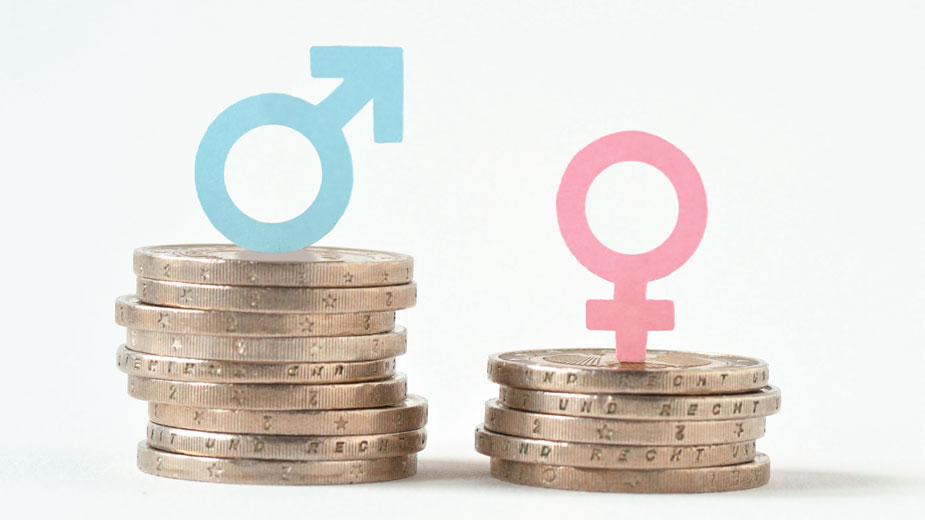Research Shows Gender Wage Gap Persists
YOUNGSTOWN, Ohio – Despite the wave of recent social activist movements advocating for greater gender equality and pay between the sexes, the end-goal is still miles away. The job aggregating service, Adzuna.com, found that only one out of nine employees who earn more than $100,000 annually are a women.
According to the U.S. Census Bureau, on average, a woman makes 80.5 cents for every dollar a man earns, and women’s median annual earnings are $10,086 less than men’s.
And while it is true that male-dominated industries tend to have higher wages than industries and occupations made up mostly of female workers, such as nursing, primary school education or human resources, the fact remains that women continue to be underpaid in similar jobs which require identical qualifications as from their male counterparts. As things stands, an equally qualified woman earns 97.8 cents for every dollar earned by a man for doing the same job.
“The gender wage gap affects women’s progress at all levels and in all career sectors,” said Lily Valentin, U.S. country manager at Adzuna. “Crucially, women must learn to stand up for themselves in the often difficult salary negotiations. This is particularly important for young women who are on the cusp of entering the workforce. As the first salary often dictates upward mobility, it can result in a slower trajectory if women aim too low to begin with.”
Data from ValueMyResume has shed light on women’s perceptions of their worth in the open market. According to Adzuna, female job seekers diminish their talents and abilities by omitting valuable information about their core skills and fail to acknowledge key achievements. Employers rarely trouble themselves to correctly guess a candidate’s strengths and accomplishments, so leaving them out could knock one’s chances of landing the job.
According to Adzuna’s research, positive change won’t ensue until women get vocal about their demands and take pride in their abilities. To attain equal pay, women must exude the same level of confidence as their male colleagues, starting with a resume that does justice to their talents and achievements.
- Women are much less informed about their earning potential — only 31% of uploaded resumes are from female job seekers, compared to 69% from male.
- Women persist in underselling themselves by leaving out core skills, such as time management and leadership.
- Few women rise above the ranks — only 11% of those earning above the $100,000-mark are female.
“Employers can win the war for talent by empowering women in the workplace by helping them return to work after career breaks, allowing more flexible working options and supporting highly skilled female staff into higher paid, higher level roles,” Valentin said. “Keeping women working and allowing them to reach their full potential will fire-up productivity levels and promote a more diverse workforce.”
Copyright 2024 The Business Journal, Youngstown, Ohio.



